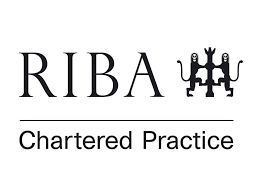The answer is NO.
As an architectural practice that specialises in the design and delivery of projects within the healthcare sector, we are still asked this question from clients. Just recently, one of our clients received the wrong advice from the building control officer from their local council that hospitals are excluded from HRBs.
So we decided to start from the basics, and give clarity on this matter.
The part of the Act that causes the confusion, when read out of context, is:
Exclusions from the definition of “higher-risk building”
8.—(1) For the purposes of section 65 of the 2022 Act a “higher-risk building” does not include a building of a description specified in paragraph (2).
(2) The following descriptions of building are specified for the purposes of paragraph (1)—
(a) a building that comprises entirely of—
(i) a care home;
(ii) a hospital;
(iii) a secure residential institution;
(iv) a hotel;
(v) military barracks;
The key point here is that hospitals are excluded from the definition of Higher Risk Buildings (HRBs) for the purposes of section 65, which is in Part 4 of the Building Safety Act 2022 that introduces regulations to cover the safety of buildings when in-occupation. Hospitals, however, along with some other building types, are already regulated for their safety in-occupation as workplaces by the Regulatory Reform (Fire safety) Order 2005 (Order), and for that reason hospitals are excluded only from the Part 4 in-occupation part of the Act.
Subsequently, the rest of the Act and all the new legislative changes it imposes during the design and construction phases of a building apply to all hospitals, including the more onerous legislative changes in relation to those buildings identified as HRBs under the Act. Meaning that if a hospital is at least 18m in height or has at least 7 storeys, it falls under the definition of HRBs under the Act, and any works during the design and construction phases need to comply with the requirements of the Act.










